Zoo Negara takes action on tiny non-compliant night cages for orangutan, chimps
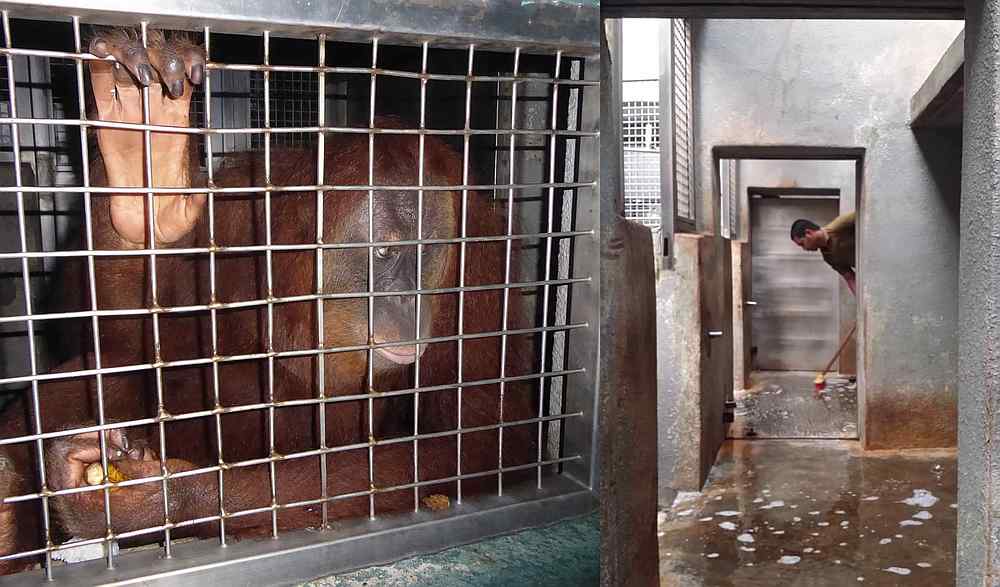
PETALING JAYA, July 1 — Corrective action has been taken by Zoo Negara after it was found that they kept their Sumatran orangutans and chimpanzees in tiny night dens that were non-compliant with the law.
The zoo’s veterinary director Dr Mat Naim Ramli told Malay Mail that they opened up the partitions between the dens, turning 24 separate enclosures into eight larger ones for its five Sumatran orangutans and five chimps.
“We acknowledge that the design of the night quarters does not meet the minimum size and space requirement as stated in the Wildlife Conservation (Operation of Zoo) (Amendment) Regulations 2013.
“To address the welfare issue and to meet the size requirement, we have permanently opened up the partitions and 24 units of night quarters have become only eight units.
“These eight units can accommodate the current number of our Sumatran orangutans and chimpanzees.
“This enables the animals to move freely from one night quarters to the other and does not confine them to just one night quarter and after doing so, we now comply with the regulations set by the authorities,” said Dr Mat Naim.
The Wildlife and National Parks Department (Perhilitan) previously confirmed in April that Zoo Negara's dens had failed to meet the minimum size requirements, based on a document sent to Friends of the Orangutans (Foto) which has been sighted by Malay Mail.
Perhilitan concluded that the zoo’s dens for its large primates were only 1.86 metres in length and width and 3.35 metres in height, which violated guidelines stating that enclosures must be at least four metres in length and three metres in width and height for each animal.
Dr Mat Naim said the zoo started opening up the sliding doors in April to combine two night quarters into a single enclosure.
They then conducted repair works to open up three individual dens in May to become a single enclosure of 6.4 metres in length, 1.83 metres in width, and 3.35 metres in height.
This decision was finalised in June when the zoo decided to keep the partitions for every three dens open permanently.
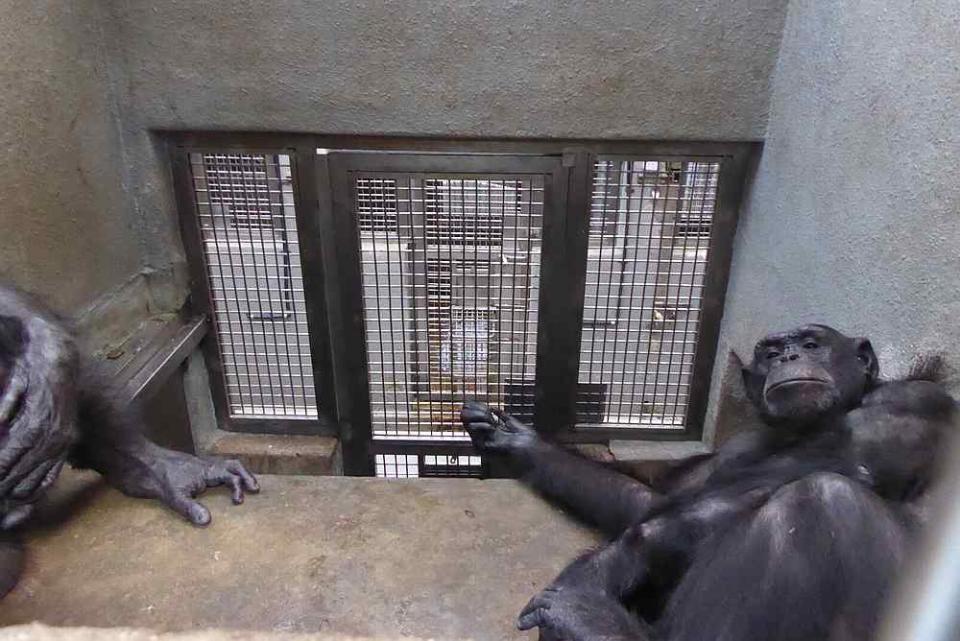
Dr Mat Naim acknowledged that the width of each enclosure still falls short of the minimum requirements required by the law but said there are no plans to renovate the building to fix the problem as of now.
He said the team is focusing on providing better furnishings and enrichment items in the exhibits instead.
“Width will maintain (as is) as it will require a total restructure of the building.
“We will go for total space and size measurement,” said Dr Mat Naim.
The building housing the apes was built in 1990 and the zoo rotates the orangutans and chimps between the main exhibits and the night quarters to prevent certain animals from coming into conflict with each other.
The night den issue first came to light when Foto obtained images of the cramped enclosures that were used to house the primates when they were not on display in the main exhibit area.
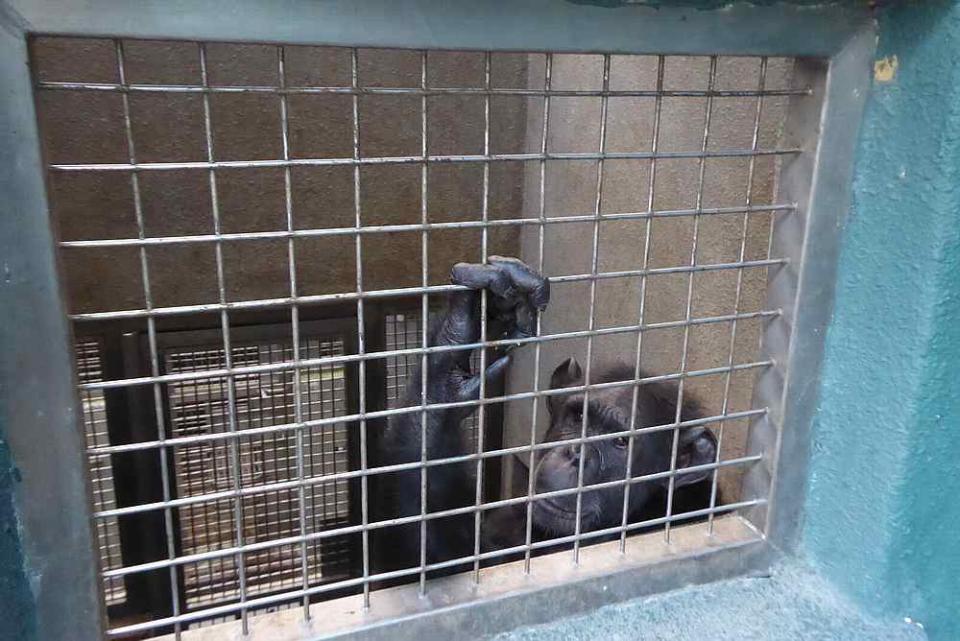
The pictures, which were taken in 2018 and 2019 by Foto’s sources within the zoo, show the animals in tiny, narrow quarters with barren concrete walls and food remnants strewn around on the damp floor.
Foto’s president Upreshpal Singh told Malay Mail that he tried to contact Zoo Negara about the night dens in October 2018 and January 2020 and shared the photos with them but did not get a response on the matter.
Upreshpal then got a reply from Perhilitan in April this year after contacting their complaint bureau, in which they acknowledged that 37 out of 38 of Zoo Negara’s night dens for their large primates had failed to comply with the law.
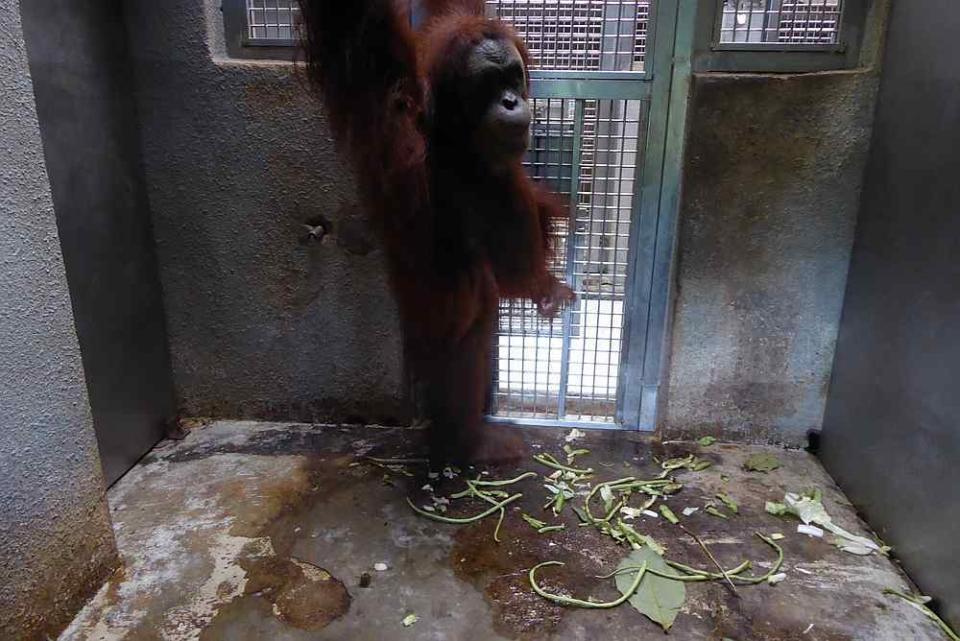
Upreshpal is also calling on Perhilitan to take further action to hold the zoo accountable.
Perhilitan director-general Datuk Abdul Kadir Abu Hashim briefly told Malay Mail last month that the department was investigating the matter.
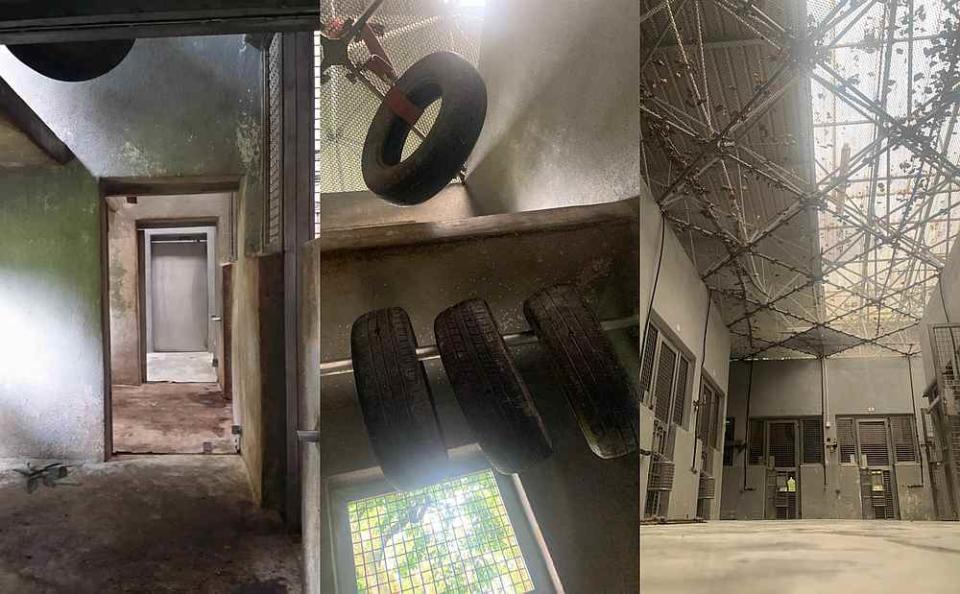
This isn’t the first time concerns have been raised regarding animal welfare at Malaysia’s national zoo.
Animal lovers demanded answers when a photo of Zoo Negara’s male lion with its ribcage visible went viral on Twitter in June.
Zoo Negara’s deputy president Rosly @ Rahmat Ahmat Lana told Bernama that the lion, whose name is Manja Kani, was turning its nose up at food after keepers tried to feed it chicken instead of meat due to shortages during the Covid-19 movement control order.
A few days later, Rosly was quoted by Astro Awani claiming that Manja Kani’s weight loss was also due to the animal’s desire to mate, causing him to skip his meals to focus on courting the zoo’s female lion Manja Ela.
During a visit by Malay Mail to the zoo yesterday, Manja Kani stayed hidden in the long grass towards the back of the enclosure where he sought refuge from the midday sun.
Only his mate Manja Ela ventured forth to face visitors.
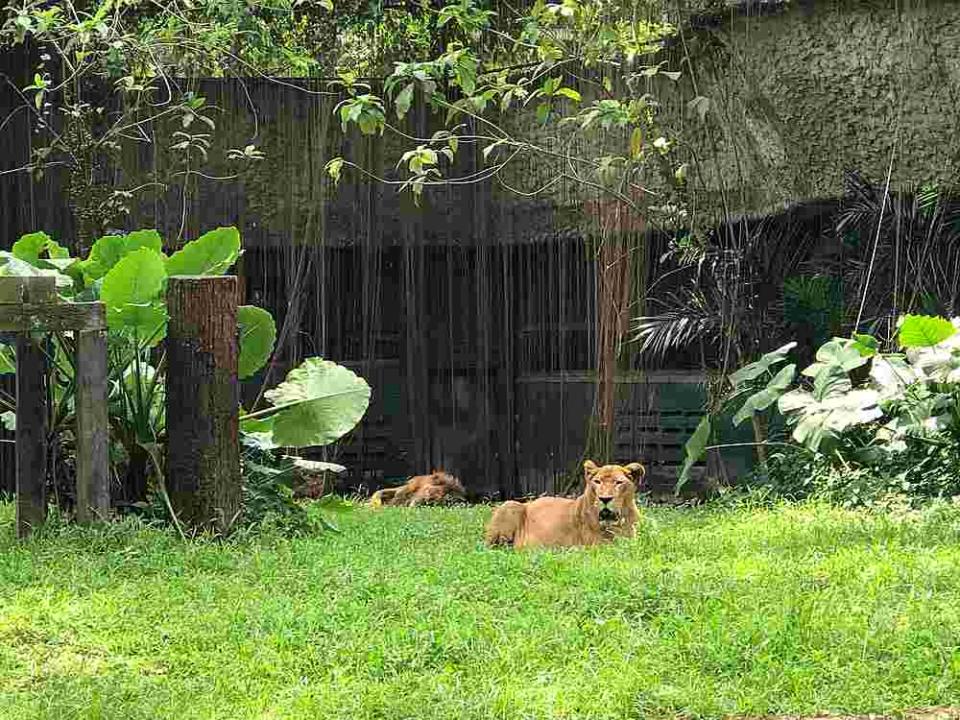
Dr Mat Naim said the zoo is ready for their facilities to be inspected should the authorities choose to drop in for a follow-up assessment.
The question of when they intend to rectify the narrow spaces in their primates’ night dens to comply with the law remains in the air.
Related Articles RMCO: Police stationed at Malaysia’s Zoo Negara to ensure SOP compliance Zoo Negara says lion doesn’t like new chicken diet after anger erupts over its ‘skinny’ frame High public awareness in donating aid, supplies a boon to Zoo Negara



